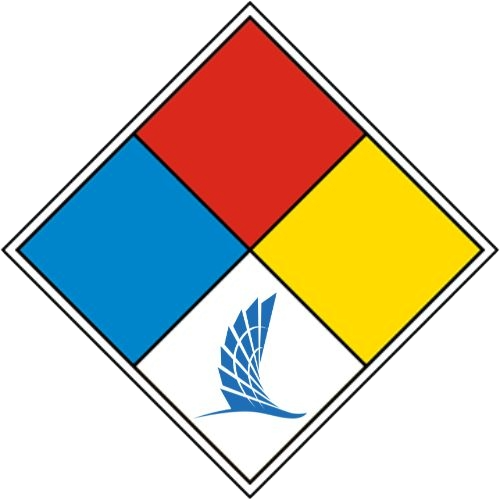ROSE stands for Robotic Optical Surveying Explorer and is a quadruped robot used as an educational ambassador by the Conrad Blucher Institute for Surveying and Science (CBI) at Texas A&M University-Corpus Christi.
ROSE serves as a teaching tool about the advanced technologies CBI uses to conduct measurement science. She is equipped with remote sensing technology called LiDAR that she uses to scan different environments. As she scans, ROSE generates a 3D map, called a LiDAR point cloud, on a separate display that visually represents the shape, size, and contours of the scanned environment.
What is LiDAR?
LiDAR stands for "Light Detection and Ranging". It is a remote sensing technology that uses laser pulses to measure distances and create detailed 3D maps of the environment. This 3D map is often referred to as a LiDAR point cloud. A LiDAR point cloud is a collection of 3D data points that represent the shape, size, and location of objects or surfaces in the real world. Each point in the cloud has 3D coordinate measurements (X, Y, Z - Latitude, Longitude, and Elevation) as well as additional data like color (RGB) and intensity. Dense point clouds often appear to viewers as photographs, but when you look closely, you can see gaps in the dataset.
What kind of LiDAR system does ROSE have?
ROSE has an integrated ultra-wide 4D LiDAR system that allows her to survey and explore the world. 4D LiDAR is also known as frequency-modulated continuous wave (FMCW) LiDAR. This is an advanced LiDAR technology that adds a fourth dimension - velocity - to the traditional 3D LiDAR measurements of distance, direction, and depth. Unlike traditional time-of-flight LiDAR, which measures the time it takes for a laser pulse to reflect off an object, FMCW LiDAR works more like a radar system, measuring the Doppler shift in the frequency of the continuous laser signal to determine the velocity of objects. This allows ROSE to not only map the 3D environment but also detect and track the motion and speed of dynamic objects like tables, chairs, and pedestrians.
What else can ROSE do?
In addition to her LiDAR capabilities, ROSE can perform tricks to engage audiences, such as jumping, sitting, offering her paw, and dancing. The simplicity of her design does not allow her to traverse harsh environments or export data for further analysis. However, more industrial quadrupeds are capable of exploring and surveying hazardous environments and can be used in inspections, construction, delivery, law enforcement, and emergency response.













